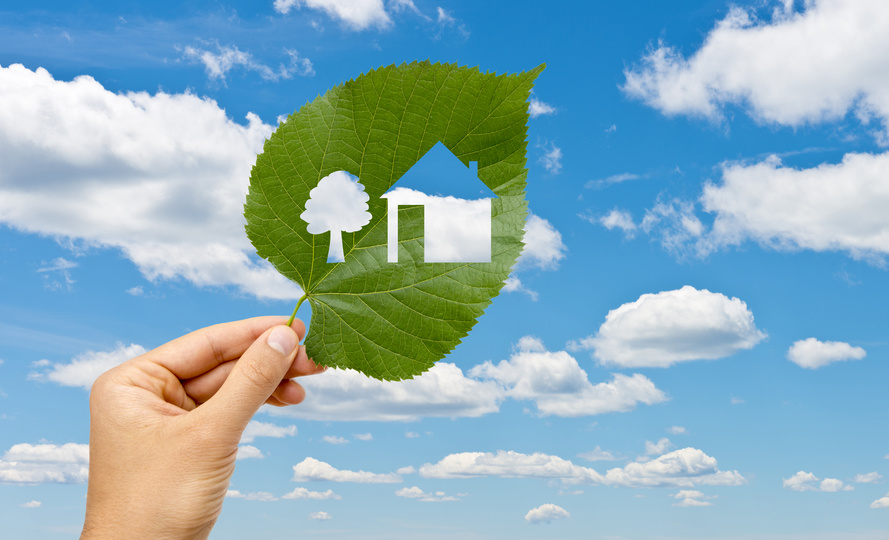January is typically a time to take stock of ourselves and our goals. Many of us ask ourselves, “What do I want to achieve this year?”
Along with going to the gym five times per week, eating less meat, or finally finishing that novel sitting in your desk drawer, why not commit to making your living space easier on our environment?
If greening your home is one of your new year’s resolutions, here are a few ideas, some I’ve talked about in this blog before, some I’ll tackle in coming weeks.
Easy and Free
These are the low-hanging fruit – simple things we all can (and should) do to reduce our environmental footprint:
- Use a container to collect shower and bathwater as it’s warming up and use it for flushing the toilet.
- Turn off the tap while brushing your teeth.
- Use a container of warm water to rinse your razor rather than running the tap or shower.
- Don’t pre-rinse dishes. Most dishwashers will do a fine job if you just scrape off excess food and load carefully (check your dishwasher manual).
Easy and Inexpensive
These projects take a bit more time but can be done by almost anyone:
- Replace filters in furnaces/air conditioners when they get dirty. In general, that means at least every 3 months for high-efficiency filters, or monthly for pleated filters during operating season. (If you have a large home or have pets, you may need to change filters more frequently.)
- Seal drafty doors and windows with threshold gaskets, caulking or weather-stripping.
- Insulate water pipes and heaters with pipe sleeves or fiberglass insulation, which will allow you to lower your water temperature setting by a few degrees.
- Use less energy for laundry: wash clothes on cold or warm settings and only run full loads. Make sure your dryer’s lint trap is clean, and consider air-drying smaller loads.
Moderately Easy and Inexpensive
These are the projects to consider when the time comes to make changes or do renovations:
- Replace incandescent bulbs with LEDs. This is fairly simple, but you have to learn what color temperature bulbs you’ll want and know how lumens compare to watts when considering brightness. You’ll also want to make sure any dimmers are compatible with the type of LEDs you choose. LEDs are more expensive than incandescents and CFLs, but they can last for decades and don’t contain mercury.
- Select ENERGY STAR products, including appliances, heating and cooling equipment, lighting, electronics and building products.
- Replace old toilets, faucets and shower heads with low-flow products. (As of 2016, California requires all plumbing fixtures sold in the state to meet low-flow standards.)
- Install a programmable thermostat. Setting your heating and cooling systems to operate only when you need them will save you money and energy and will keep you more comfortable.
- Replace a conventional storage water heater with a tankless one. Tankless heaters have less standby heat loss, so they require less energy to heat water.
More Complex and Expensive
These are the bigger projects that take more planning and time, but they’ll give you the most bang for your buck in terms of energy savings and helping preserve our environment:
- Install a solar shading system to help regulate the amount of light and heat coming into your home.
- Install a graywater system to help recapture household water that would otherwise go to waste.
- Use permeable paving in your landscaping. It allows water to flow through, reducing runoff and maximizing natural irrigation.
- Go solar. By leasing or buying a solar system, you can harness the power of the sun’s rays to power your home and save on energy costs.
Even if you can’t do all the things on this list, remember that small steps can add up to a lot of energy savings.


